Water safety is a growing concern for modern consumers, yet many households overlook the critical role of water filter cartridges. Failing to replace expired cartridges not only reduces filtration effectiveness but can also cause secondary contamination—essentially forcing your family to drink “dirty water.” Today, we'll share simple daily practices to extend your cartridge lifespan, optimize your water purifier's performance, and save enough to buy two new units annually.
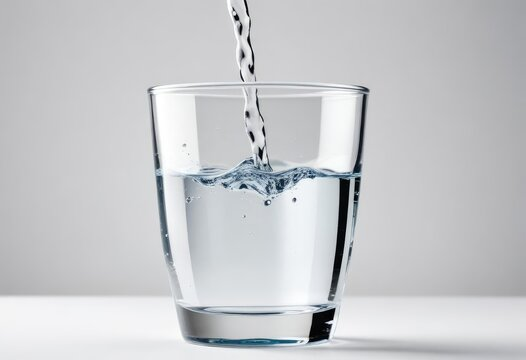
Filter Cartridges Do Expire—It's Not Just Marketing Hype
The heart of any water purifier is its filtration system, and the cartridge is its critical component. Whether it's PP cotton, activated carbon, or RO membrane, each filter has a specific lifespan. Once expired, they not only lose their filtering power but can become breeding grounds for bacteria. What appears to be a clean filtration device may actually harbor hidden dangers.
Some believe manufacturers recommend replacement too frequently just to make more money. In reality, these guidelines are based on typical household water usage patterns. Allowing filters to operate beyond their capacity, with accumulated impurities, not only damages internal components but also directly threatens drinking water safety. Therefore, we must properly understand the issue of expired filters and learn some tips to optimize their lifespan.
Tip #1: Control Pollution at the Source by Cultivating Good Water Usage Habits
To protect your filter cartridge, reduce its burden at the root. Often, we unknowingly make small mistakes when using water purifiers—like pouring hot water directly into the inlet/outlet pipes or allowing unsettled sediment to enter the device. These actions accelerate cartridge aging.
First, prioritize relatively clean tap water sources. If your local water supply network is outdated, install a pre-filter at the inlet to trap larger particles and rust. This significantly reduces pressure on subsequent filter stages. Also, remember to regularly clean accumulated debris from the pre-filter—neglecting this only compounds the problem.
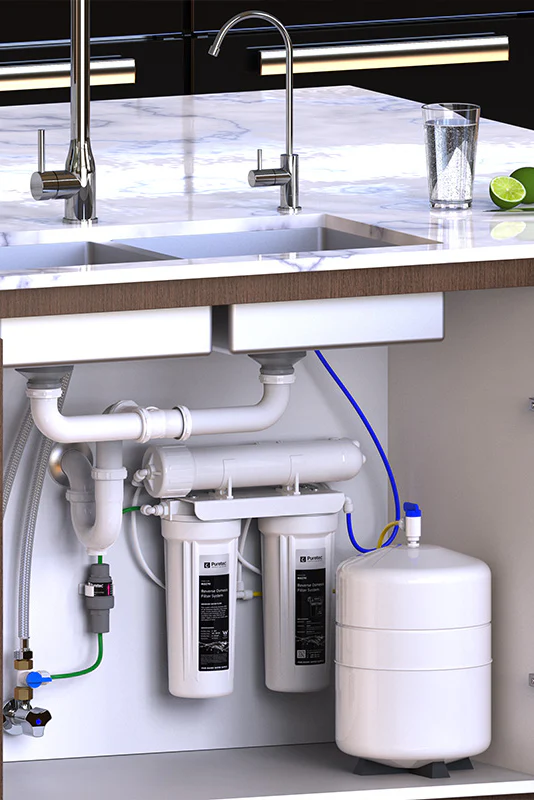
Tip 2: Regularly Clean the Housing and Piping
Many users focus solely on replacing filter cartridges while overlooking the internal environment of the entire water purifier. In reality, the housing and connecting pipes are also prone to accumulating grime. Over time, these residues gradually erode the purification system, compromising overall performance. Every 1-2 months, wipe the exterior with a neutral cleaner and inspect inlet/outlet pipe connections for debris buildup. If white or yellow crystalline deposits appear at joints, these are likely calcium/magnesium ion precipitates. Try soaking them in white vinegar to soften before thorough rinsing. This maintains hygiene and prevents clogs that increase pump power consumption and shorten lifespan.
Tip 3: Flexibly Adjust Replacement Strategies to Optimize Costs Based on Actual Needs
Different filter cartridges serve distinct functions, so their lifespans vary significantly. For instance:
- PP cotton primarily traps large particles and typically requires replacement every 3-6 months.
- Activated carbon adsorbs odors and residual chlorine, lasting 6-12 months.
- RO membranes can function for over 2 years, provided preceding filtration stages operate normally.
If your household has fewer members or lower daily water consumption, you can appropriately extend the replacement intervals for certain consumables. However, this must be based on regular monitoring of water taste and observing changes in flow rate. Once you notice a decline in factory specifications, it indicates that a certain stage has reached saturation and requires immediate attention. Additionally, if possible, consider purchasing a TDS tester pen to measure dissolved solids content and determine if early maintenance is needed.
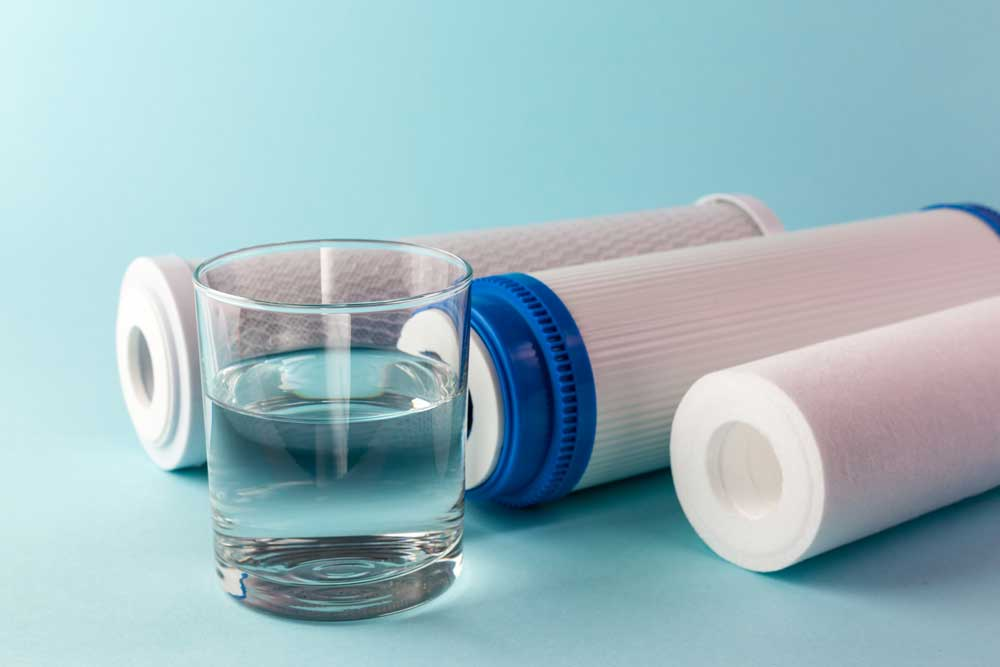
Small Actions, Big Savings: Learning to “Delay” Pays Off More Than Blindly Buying New
If you follow the three suggestions above, you can save at least 20%-30% on each filter cartridge annually. Taking an average family of three as an example, a complete 5-stage filtration system typically costs around 600 yuan in materials. With scientific management, you might only need to spend about 400 yuan. This equates to saving enough for a mid-range entry-level water purifier in one year—or even a high-end model in two years. Plus, you'll reduce waste production, supporting environmental protection!
Even if you eventually upgrade to new products, these habits will serve you well. They simplify future maintenance while ensuring you consistently enjoy high-quality, safe, and cost-effective drinking water.
Protecting your family's health starts with small steps. Don't wait until problems arise to realize your mistakes—take action now! With smart management and thoughtful planning, every penny you spend counts, ensuring every sip of water you drink is truly pure and worry-free. We hope today's tips prove helpful. If you find this article insightful for friends, feel free to share it with them—let's bid farewell to the hidden dangers of drinking contaminated water together!
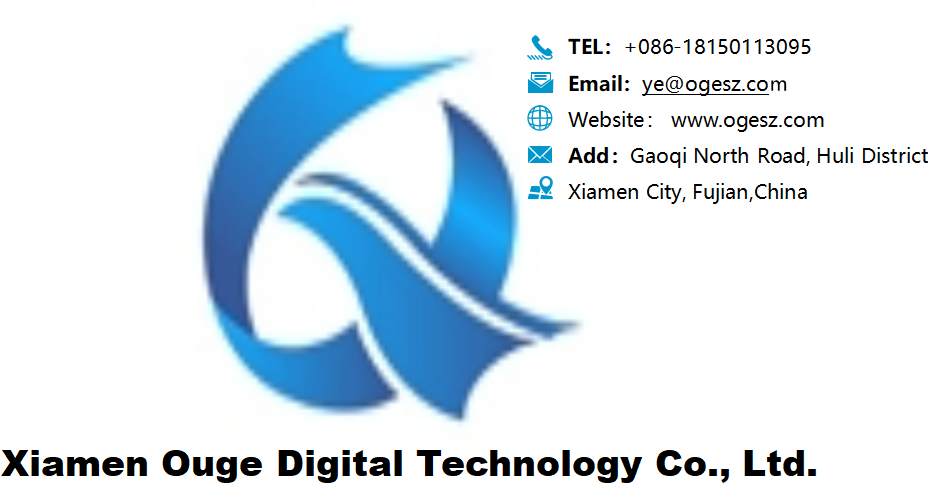
 Reverse Osmosis Technology for Wastewater Treatment: Understanding How RO Systems Operate
Reverse Osmosis Technology for Wastewater Treatment: Understanding How RO Systems Operate
 The “Magic” of Turning Seawater into Freshwater: Unveiling the Core Secrets of Reverse Osmosis Technology
The “Magic” of Turning Seawater into Freshwater: Unveiling the Core Secrets of Reverse Osmosis Technology
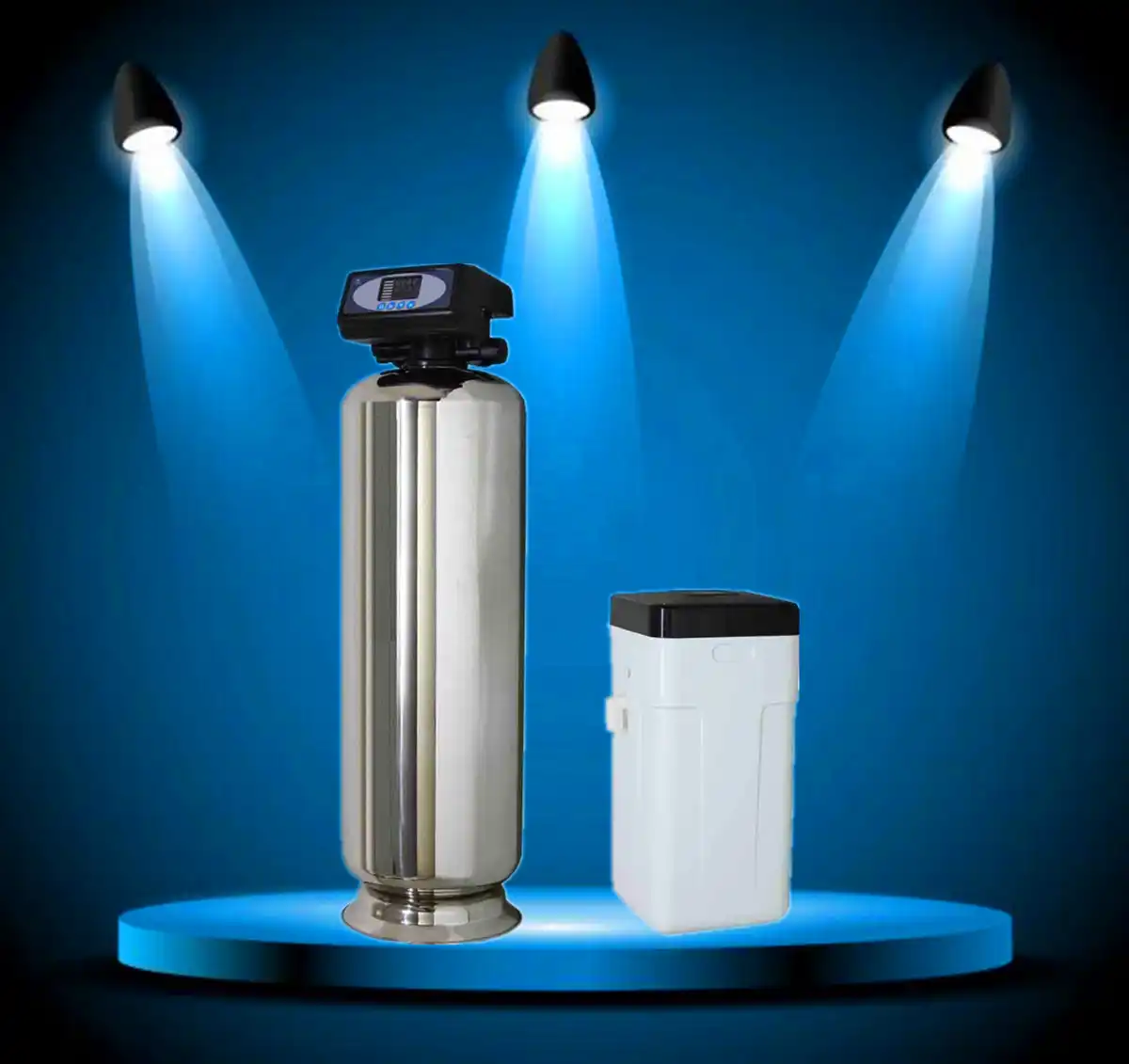 How to Choose Reliable Central Water Filtration and Water Softening Systems? Most People Get It Wrong!
How to Choose Reliable Central Water Filtration and Water Softening Systems? Most People Get It Wrong!
 In rural areas, where groundwater from wells is the primary water source, is it truly necessary to install water purification equipment?
In rural areas, where groundwater from wells is the primary water source, is it truly necessary to install water purification equipment?